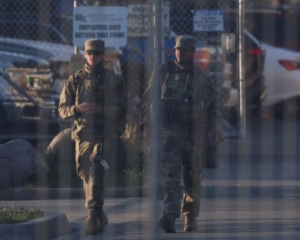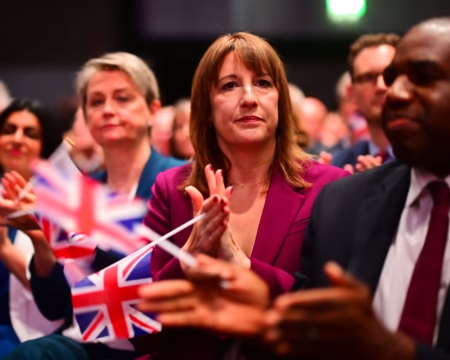Financial markets are bracing for impact after President Donald Trump announced a 30% tariff on goods from the European Union and Mexico. The new trade measure, effective August 1, has raised concerns about the future of global trade and could shake investor confidence at the market open on Monday.
This latest move adds pressure on trade partners, from Canada to Brazil and even Algeria, as Trump pushes for new trade deals. Despite repeated warnings from top business leaders, including JPMorgan’s CEO Jamie Dimon, investors have largely dismissed past tariff threats, believing Trump might not follow through. But this time, the tone feels different.
Brian Jacobsen, chief economist at Annex Wealth Management, warns that the 30% rate is not a bluff. In a statement, he said, “Investors shouldn’t bank on Trump only bluffing with the 30% tariff threat on EU goods. That level of tariffs is punitive, but it likely hurts them more than the US, so the clock is ticking.”
Bitcoin, which trades non-stop, showed little reaction to the news over the weekend. But currency markets, which open in Sydney at 5 a.m. local time, will offer early clues about investor sentiment. Earlier this month, the euro reached its highest level against the dollar since 2021, reflecting optimism about Europe’s economic outlook.
The EU had been working toward a deal with the US to avoid higher tariffs. Hopes were high until Trump’s letter over the weekend cooled those efforts. While the letter disrupted progress, it did leave room for more talks. That has kept full panic at bay.
“There are many conditions and clauses that can get these rates reduced,” Jacobsen added. “That’s probably why the market might not like the tariff talk, but it’s not panicking about it either.”
Over the past months, markets have struggled to price in the back-and-forth nature of Trump’s tariff policy. In early April, his “Liberation Day” announcements led to a sell-off in risky assets, including US Treasuries. However, as the president delayed some planned tariffs, markets recovered most of their losses.
Even when Trump named August 1 as a final date, investors remained unsure. They treated it as flexible, not fixed. On Friday, though, signs of nervousness appeared. Stocks dropped from record highs, and the dollar rose sharply, marking its best weekly gain since February.
Trump’s message to Mexican President Claudia Sheinbaum acknowledged the country’s help with border control. Still, he insisted it wasn’t enough. A White House official said the 30% tariff would not apply to goods that meet the rules of the US-Mexico-Canada Agreement (USMCA).
The challenge now is how investors will react. Many feel uncertain but not yet alarmed. Past experience with Trump’s shifting trade policies has made markets cautious but not fully reactive. The key question is whether this time the tariffs actually happen.
If they do, trade tensions could rise fast, leading to broader market stress. Investors are watching not just for tariff details, but also for signs that talks may restart. The window for deals is narrow, and the August 1 date is fast approaching.
For now, markets appear to be waiting. The coming week will show if this tariff move is the start of a deeper conflict or just another round of tough talk. Either way, investors will be watching closely.







